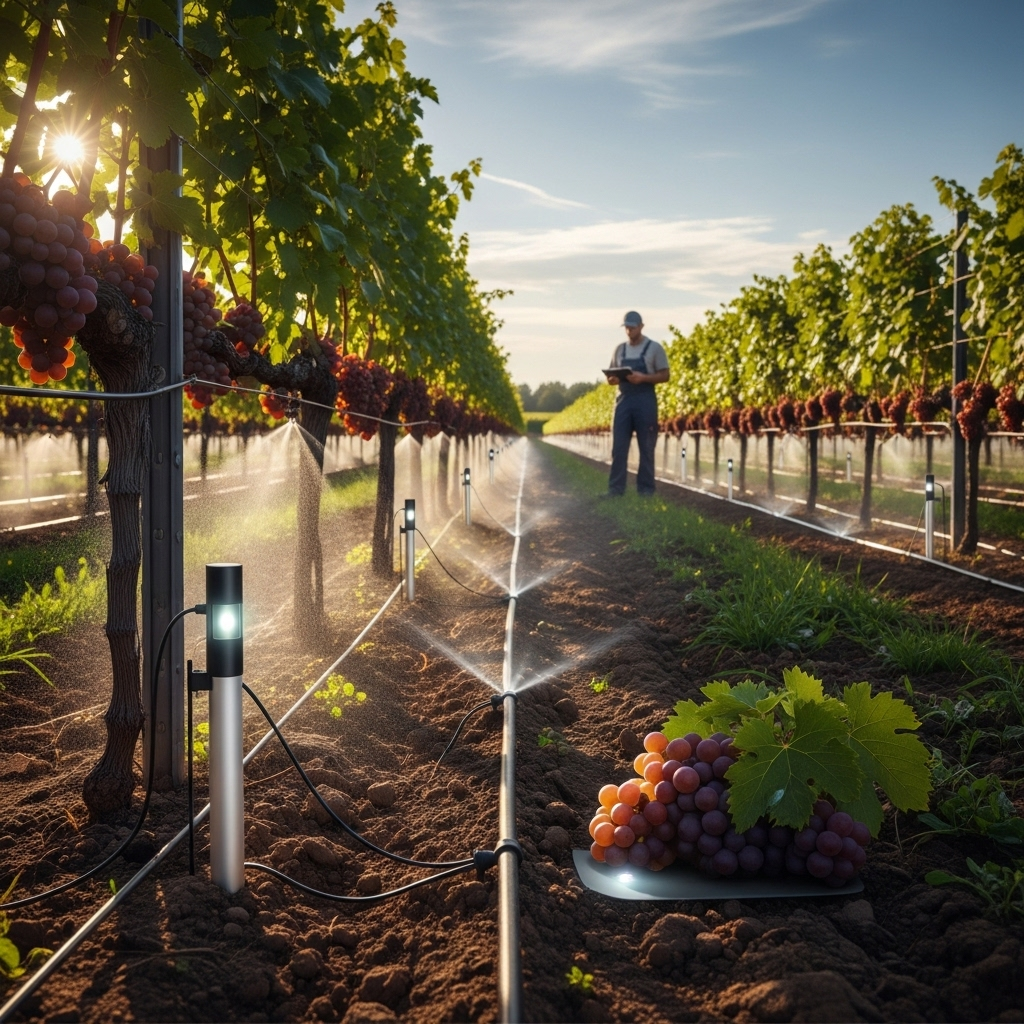
Smart sensors optimize vineyard irrigation
Share
The Role of Smart Sensors in Modern Viticulture
Smart sensors have revolutionized modern viticulture by providing precise data that enhances vineyard management and irrigation practices. These advanced devices are capable of monitoring various environmental parameters, such as soil moisture, temperature, humidity, and even light intensity. By continuously collecting this data, vineyard managers can make informed decisions about when and how much to irrigate, ultimately leading to optimized water usage and healthier grapevines.
The integration of smart sensors into vineyard operations not only improves water efficiency but also contributes to sustainable farming practices. With the ability to detect variations in soil moisture levels, growers can avoid over-irrigation, which can lead to water waste and nutrient leaching. Moreover, these sensors can alert farmers to potential drought conditions, enabling them to take proactive measures to protect their crops.
As technology continues to advance, the role of smart sensors in viticulture will likely expand, offering even more sophisticated analytics and automated systems, which will further enhance the efficiency and sustainability of vineyard irrigation.
How Smart Irrigation Systems Enhance Water Efficiency
Smart irrigation systems are revolutionizing water management in vineyards, significantly enhancing water efficiency through the integration of advanced technology. At the heart of these systems are smart sensors that monitor soil moisture levels in real time, providing precise data to vineyard managers. This data-driven approach allows for tailored irrigation schedules that align with the specific needs of the vines, reducing water waste and ensuring optimal growth conditions.
Additionally, these systems can incorporate weather forecasts and evapotranspiration rates, further refining irrigation practices. By automatically adjusting water delivery based on environmental factors, vineyards can conserve precious resources while maintaining healthy crops. The result is a sustainable approach that not only supports the vineyard's productivity but also contributes to broader environmental goals. As the industry continues to embrace these innovations, the synergy between technology and agriculture promises to set new standards for water efficiency in viticulture.
Real-World Impact: Success Stories from Vineyards
The integration of smart sensors in vineyard irrigation has yielded remarkable success stories that illustrate their transformative impact. For instance, at a renowned winery in Napa Valley, the adoption of soil moisture sensors has led to a 30% reduction in water usage without compromising grape quality. By continuously monitoring moisture levels and adjusting irrigation schedules accordingly, vineyard managers can ensure that vines receive just the right amount of water, promoting healthier growth and enhancing flavor profiles.
Similarly, a vineyard in Australia has implemented weather-sensing technology, which allows growers to anticipate rainfall and adjust their irrigation strategies preemptively. This proactive approach has not only optimized water consumption but also minimized the risk of diseases associated with overwatering. These real-world examples underscore the tangible benefits of smart technology in viticulture, showcasing how data-driven decisions can lead to sustainable practices and improved yields. As more vineyards embrace these innovations, the potential for widespread environmental and economic benefits continues to expand.
